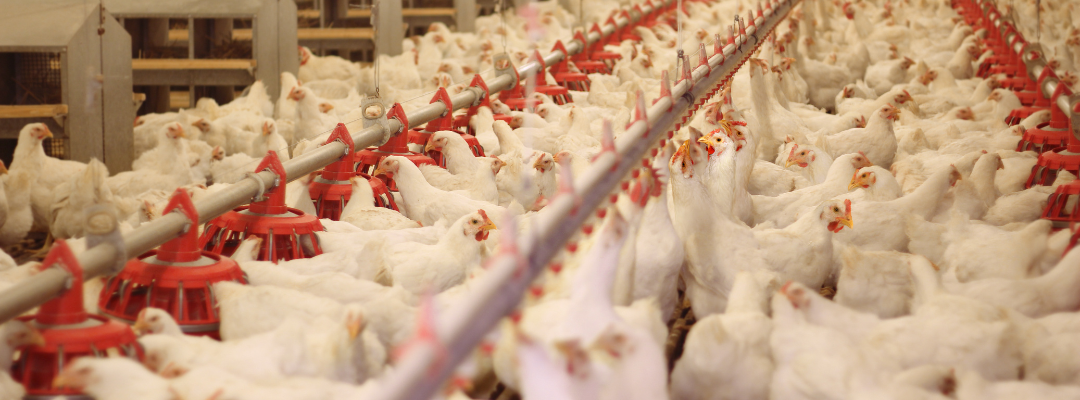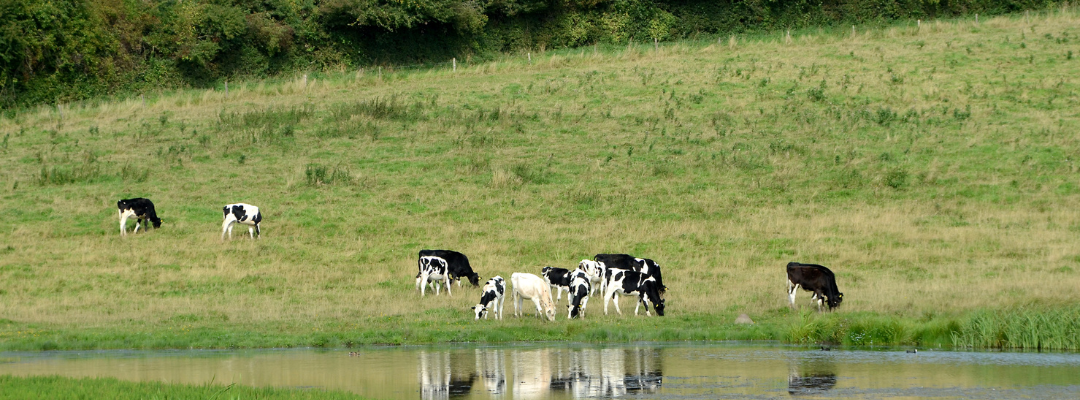Even as we are in the middle of the heat of summer, contract poultry growers should be concerned about fuel prices going into this winter. Propane prices have remained at a high level through the spring and into the summer. Looking ahead, evaluating the world market demand for energy and current US inventories suggests that prices could increase drastically. According to an analysis by Propane Resources LLC, a leading US propane marketing company, growers should expect a very volatile six to nine months in propane prices. Much of this will be driven by a very active European market with much instability being caused by the Ukrainian conflict, which is stifling natural gas trading. To help fill that void, sellers of liquid natural gas that would normally supply Asia are rerouting that LNG to a European market. That LNG will likely be replaced in Asia by propane.
As supply and demand for propane becomes an even more global market, a look at the current and projected US propane inventory for 2022-23 does not give one a good feeling for the upcoming winter’s prices, or even into next spring. The current peak projected inventory for the US comes in at about 3.25 billion gals, and drops off from there, staying at or below the historical monthly minimum inventory over the last five years. This simply means that the supply of propane does not look to be ample for the next several months. For poultry growers, this means the time to secure future pricing is now. Waiting around for a mid-summer price drop will likely mean you will be paying more, not less, for your propane this winter.

Brothers, Dennis. “Fuel Price Volatility a Growing Concern for Commercial Poultry Growers“. Southern Ag Today 2(35.2). August 23, 2022. Permalink










